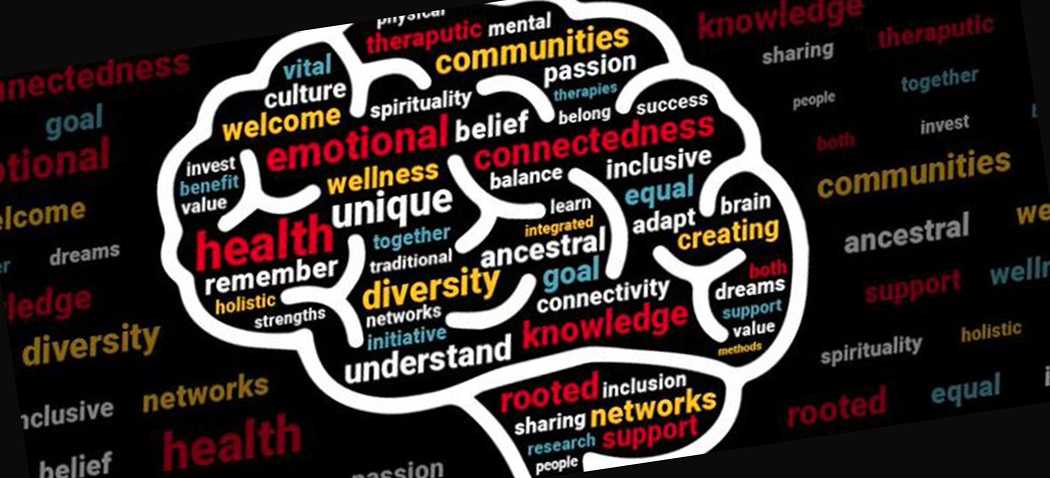
Taking Steps To Apply An Indigenous Lens To Brain Research
June 09, 2022

A University of Guelph neuroscience professor is working the Canadian Brain Research Strategy (CBRS) to apply an Indigenous lens to the field, and those working in it, to improve the way neuroscience is conducted in Canada, and better reflect the country’s diversity,
CBRS brings together more than 30 world-leading neuroscientists with Canadian mental health institutes and programs to better understand the central nervous system with the goal of becoming a leader in open and ethical brain research.
“CBRS is really taking strides to bring Indigenous knowledge into neuroscience research, creating networks and making sure there is support for people doing Indigenous research,” said Dr. Melissa Perreault, a Métis professor in neuroscience at the U of G’s Ontario Veterinary College (OVC), Department of Biomedical Sciences, and College of Biological Science, Department of Integrative Biology. Perreault is also a member of the Royal Society of Canada College of New Scholars, Artists and Scientists.
Conducting work rooted in traditional Western methods, to the exclusion of others, is a failure, she pointed out.
Perreault is an Indigenous Knowledge Holder in a group formed by CBRS and comprised of Indigenous leaders whose research interests lie in brain and mental health.
The initiative is the first of its kind in neuroscience, she said, and is designed to ensure Indigenous voices are integrated “into every single area that they’re working on.”
Spirituality neglected in Westernized understanding of mental health
Indigenous ways of knowing differ in vital ways from Western knowledge when it comes to mental health, Perreault writes in paper she co-authored on the initiative, published in The Canadian Journal of Neurological Sciences.
Indigenous knowledge carries the belief that everything is connected: ancestral spirits and the mortal world; the land, water, and animals; humans and their environment. Understanding that connectivity is a “critical step” in understanding Indigenous decision-making and how experiences can change a person and the brain, the paper says.
The practice of connectivity is rooted in Indigenous culture and has become a theme in systems level neuroscience, Perreault said.
Indigenous communities take a holistic view of health and wellness that includes four components of oneself, including the physical, emotional, mental and spiritual, Perreault said. A balance must be maintained, with disruptions in this balance potentially leading to illness. In the case of mental illness, for example, spiritual injury can be an integral contributor.
Western ways of knowing examine mental health disorders from a mechanistic point of view. Therefore spirituality “is not considered in the therapeutic strategy for mental health disorders in Indigenous individuals,” she added. “There needs to be a reclaiming of Indigenous cultural and spiritual traditions when it comes to therapies.”
The goal of the initiative is not just to support Indigenous research and improve relations between academics and Indigenous communities, but to demonstate how to support Indigenous researchers no matter their field of study, Perreault said
“There should be Indigenous voices in all disciplines regardless of what those disciplines are,” she said. “Those people become role models.”
One of the largest barriers, she said, is that Western scientists think from a Western perspective and often assume Western methods are the only way — and the “correct” way.
Diversity extends beyond non-Indigenous and Indigenous connections, too, Perreault pointed out. In Canada, there are more than 630 First Nations, 53 Inuit communities and nearly 600,000 Métis people. For these efforts to be successful, neuroscience must tailor research methods to specific communities and invest the time to understand how each is unique, according to the research, she said.
A more cohesive approach to research and research methods creates a more inclusive field, while also creating space for new Indigenous students, Perreault said.
Read the entire article on the University of Guelph website.
.png)